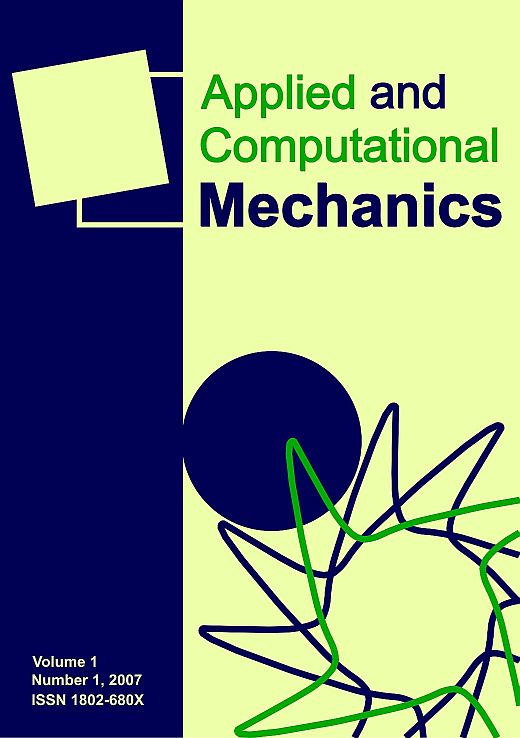A Comparison of Flow Field Characteristics from PIV Experiment Measurement to Numerical Simulation behind a Spacer in a Vertical Pipe
Keywords:
laser anenometry, PIV, numerical simulation, FLUENT, spacer, vertical annular tubeAbstract
This paper describes the topic of measurement using a modern laser method (PIV) in an annular channel of very small dimensions. The annular channel simulates the flow area around a model of a fuel rod in the VVER nuclear reactor. The annular channel holds spacers which create obstacles to fluid flow. The spacers serve a number of important purposes. In the real nuclear reactor, the spacer holds a fuel rod in the fuel rod bundle. Another important function of the spacer is to influence the flow field characteristics, especially turbulence size, by the shape of the spacer. The value of the turbulence regulates the intensity of heat transfer between the fuel rod and the fluid. Therefore, it is very important to provide a correct description and analysis of the flow field behind the obstacle the spacer generates. The paper further looks into the solution of the same task using numerical simulation. The solution of this task consisted of setting the suitable boundary conditions and of setting the turbulence model for the numerical simulation. The result is a comparison of the flow field characteristics from the experimental measurement and the findings of the numerical simulation. The numerical simulation was carried out using commercial CFD software package, FLUENT.
Downloads
Published
Issue
Section
License
Copyright (c) 2016 Applied and Computational Mechanics

This work is licensed under a Creative Commons Attribution 4.0 International License.







